1. Introduction
The package brings together four simulation projects for professionals, researchers, and students who seek to master the analysis of plain and fiber reinforced concrete using the powerful ABAQUS software. To clarify, it offers a comprehensive framework for modeling, simulating, and analyzing concrete structures—whether it’s optimizing structural design, contributing to sustainability, or improving safety in earthquake-prone areas. In other words, you will gain access to four carefully developed projects that explore key aspects of concrete behavior, ranging from flexural strength to seismic performance. That is to say, with a focus on hands-on learning, each project provides detailed modeling steps and uses ABAQUS to deliver accurate, practical insights into how concrete behaves under various conditions.
Why This Project is Essential
Concrete structures are foundational to modern infrastructure, and as our cities and bridges face extreme conditions. For example, we can refer to seismic events, heavy traffic, and environmental impacts. So, it is critical to analyze their behavior accurately. Above all, this package equips you to:
- Enhance Design Capabilities: Learn how FRCs improve concrete durability and load-bearing capacity.
- Master ABAQUS Simulations: Utilize the powerful modeling capabilities of ABAQUS to simulate real-world scenarios. So, you can validate your designs.
- Promote Sustainable Construction: Explore the use of recycled fibers in concrete. So, you can contribute to sustainable building practices.
- Improve Structure Resistance: Understand how to design structures that are resilient against different forces. That is to say, this ensures public safety.
What Does the Package Include?
This package consists of four workshops, each with its unique focus and specialized ABAQUS modeling process. To clarify, let’s dive into the key features and benefits of each workshop.
2. Workshop 1. Fiber Reinforced Concrete Beams | An Abaqus Simulation
In this workshop, we will simulate the flexural behavior of Fiber Reinforced Concrete (FRC) beams. To clarify, FRC incorporates fibers in concrete to enhance its tensile strength, making the specimen more ductile and durable. That is to say, using ABAQUS, you can explore how different fiber content and reinforcement ratios impact structural performance.
ABAQUS Modeling Details
- Material Models: This project uses the Concrete Damage Plasticity (CDP) model in ABAQUS to capture the nonlinear behavior of concrete under compression and tension.
- Solver Choice: We use the static solver in ABAQUS because it reliably handles the nonlinear behavior of FRC beams under load.
- Interactions: Embedded interaction is defined between the concrete and the reinforcing fibers. That is to say, This allows for accurate modeling of the stress transfer and crack propagation.
- Step Definition: The project leverages the static solver for solving the nonlinear problem of FRC beams. To clarify, it ensures precise results with minimal convergence issues.
Key Learning Points
- Model the flexural behavior of FRC beams under load.
- Explore the effects of varying fiber content on structural performance.
- Use ABAQUS for precise analysis of the flexural strength and rigidity of FRC beams.
3. Workshop 2. Stress-Strain Characteristics of SFRC Using Recycled Fibers | An Abaqus Simulation
This Workshop focuses on simulating Steel Fiber Reinforced Concrete (SFRC) using recycled fibers, contributing to sustainable construction practices. In short, we will explore the stress-strain characteristics of SFRC, simulating its behavior under loading conditions using ABAQUS.
ABAQUS Modeling Details
- Material Models: The project uses a combination of brittle crack and shear crack models to simulate the post-cracking behavior of SFRC in ABAQUS. That is to say, recycled steel fibers are embedded in the concrete matrix, which enhances the toughness and ductility of the material.
- Solver Choice: An explicit solver is chosen for this project due to the nonlinear and complex interactions between fibers and concrete, ensuring the solver handles the non-convergence issues common in static solvers.
- Key Inputs: Strain-softening effects are customized using tailored stress-strain curves in ABAQUS, providing accurate simulations of recycled fibers’ behavior.
- Validation: Results are cross-validated with experimental data to ensure the simulation aligns with real-world behavior.
Key Learning Points
- Simulate the stress-strain behavior of SFRC using recycled steel fibers.
- Explore how recycled fibers improve concrete’s toughness and post-cracking behavior.
- Validate ABAQUS models by comparing results with experimental data.

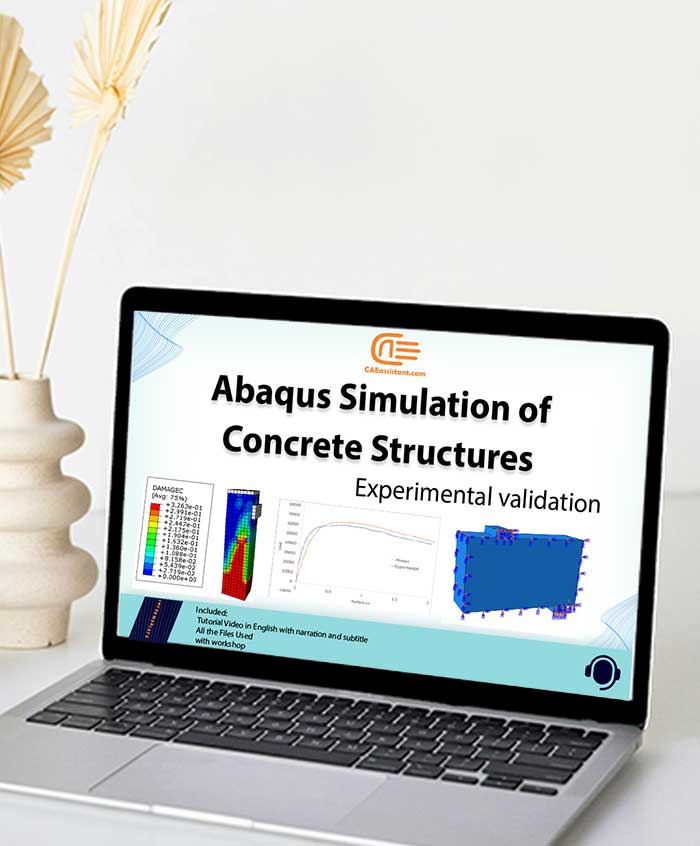
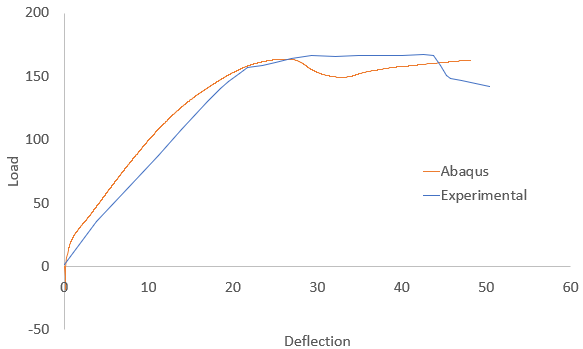
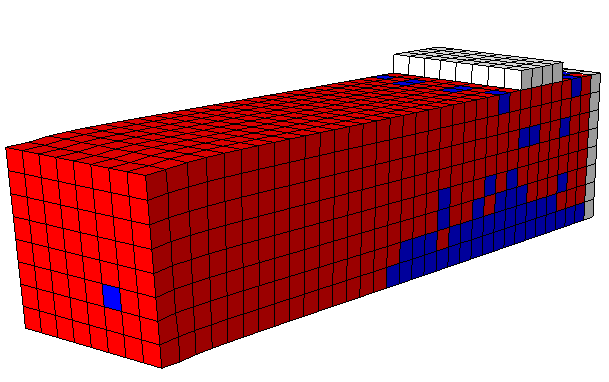
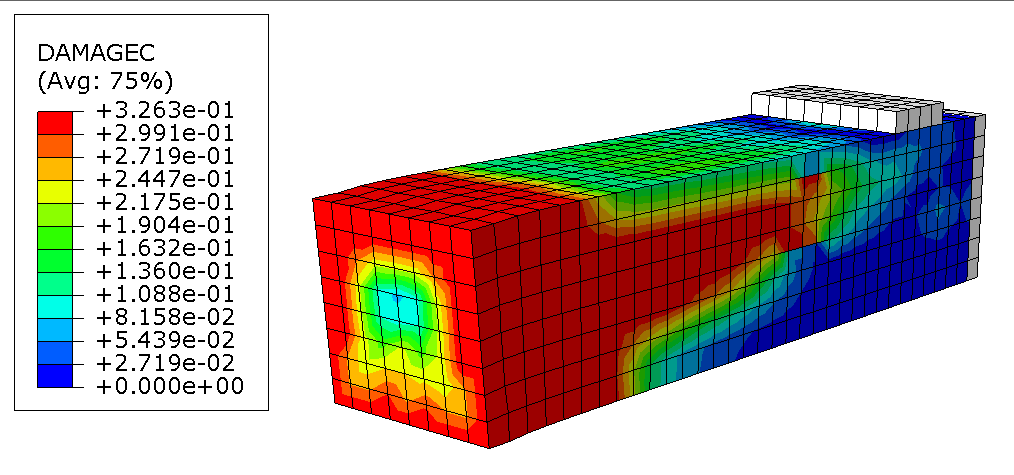

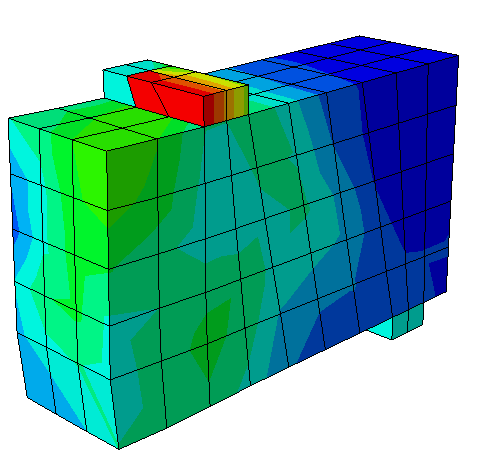

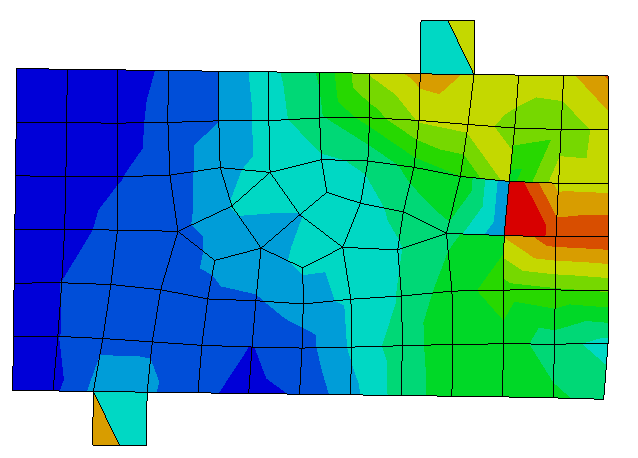

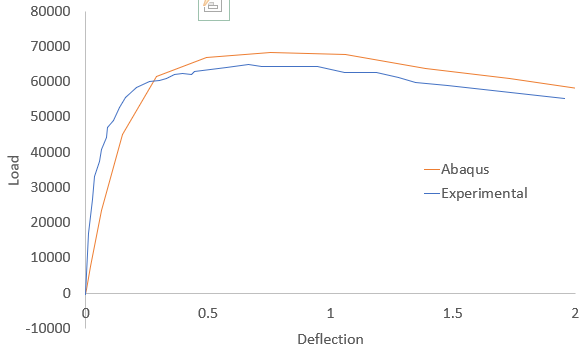

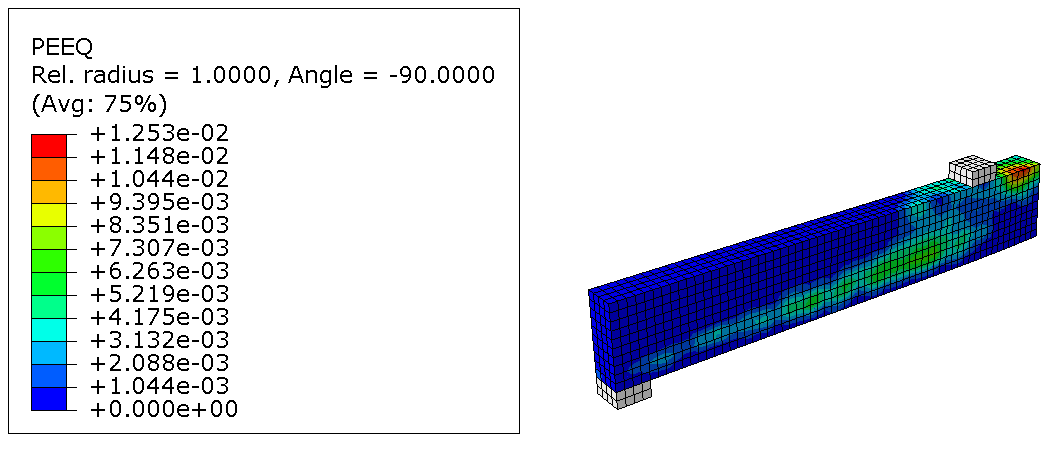
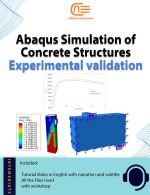
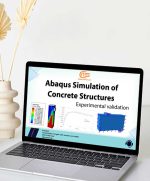



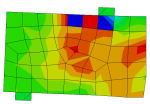
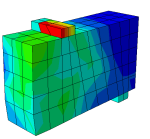

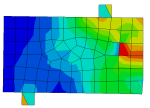





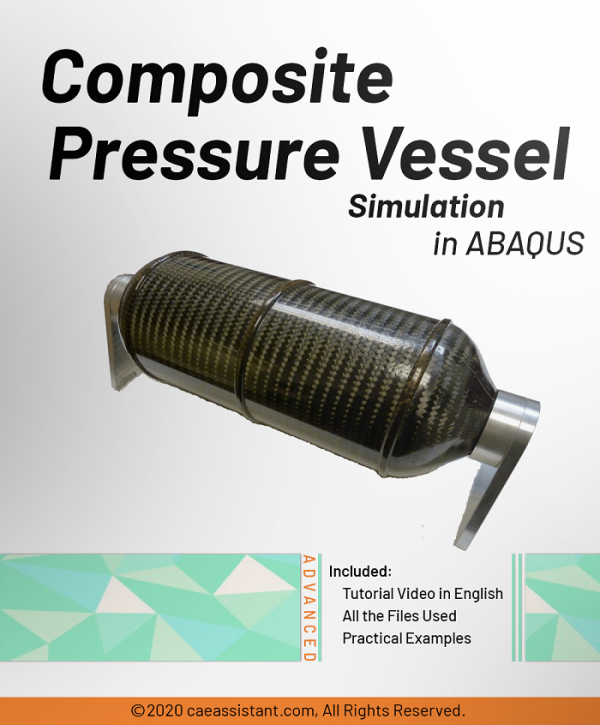
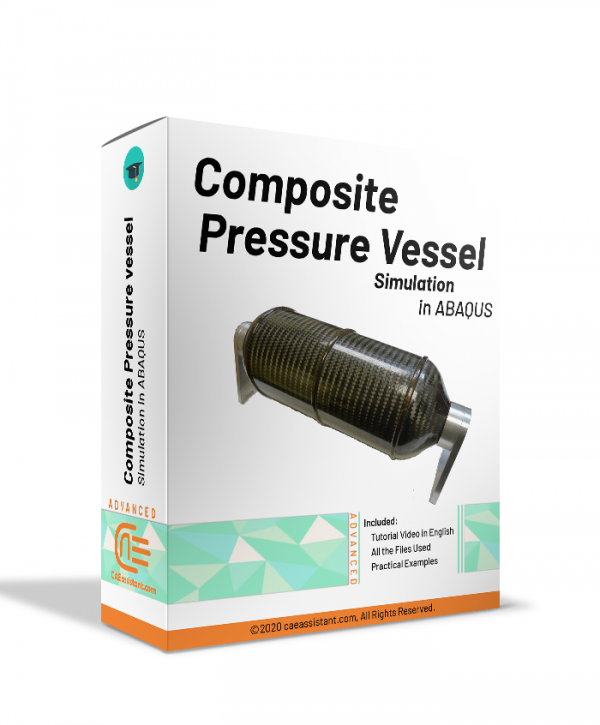
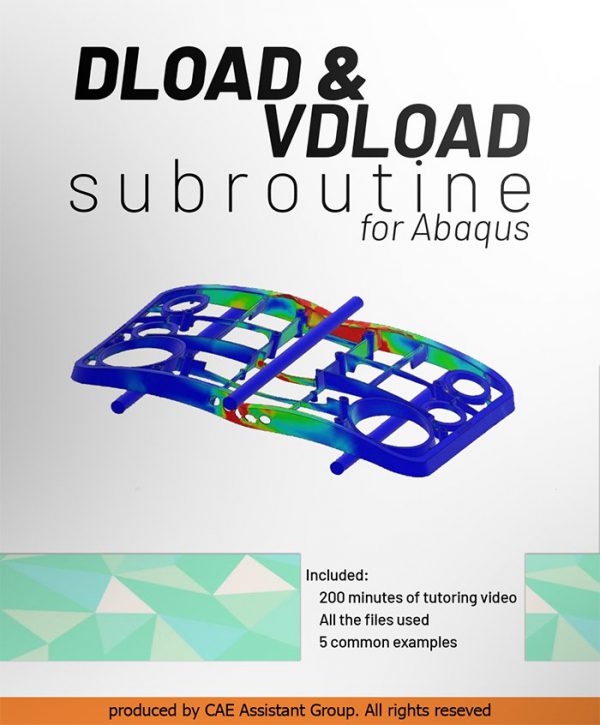
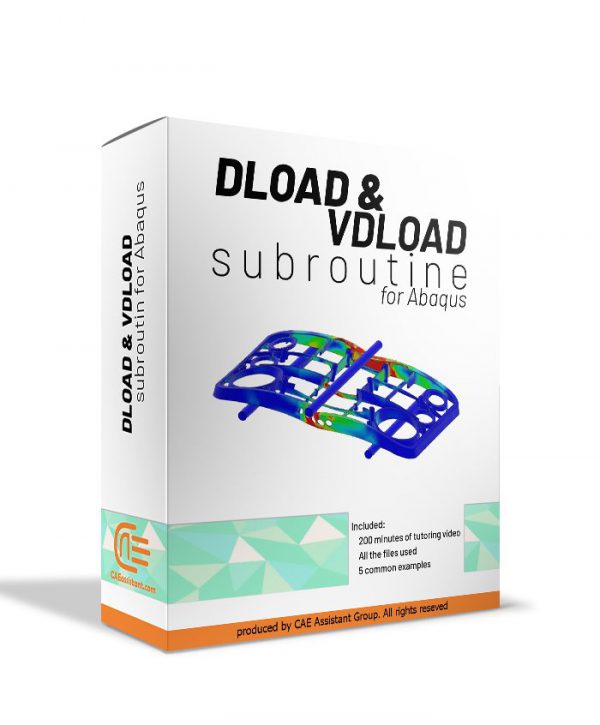
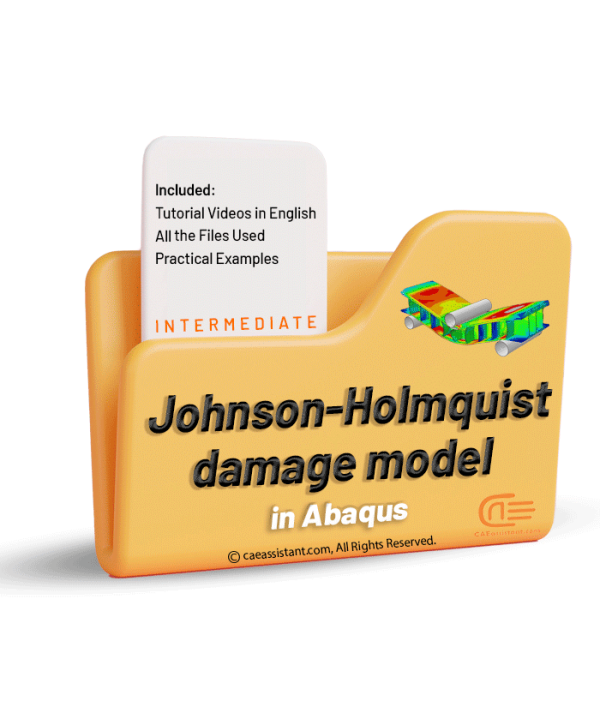
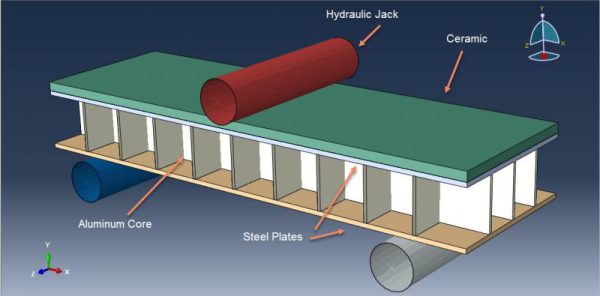
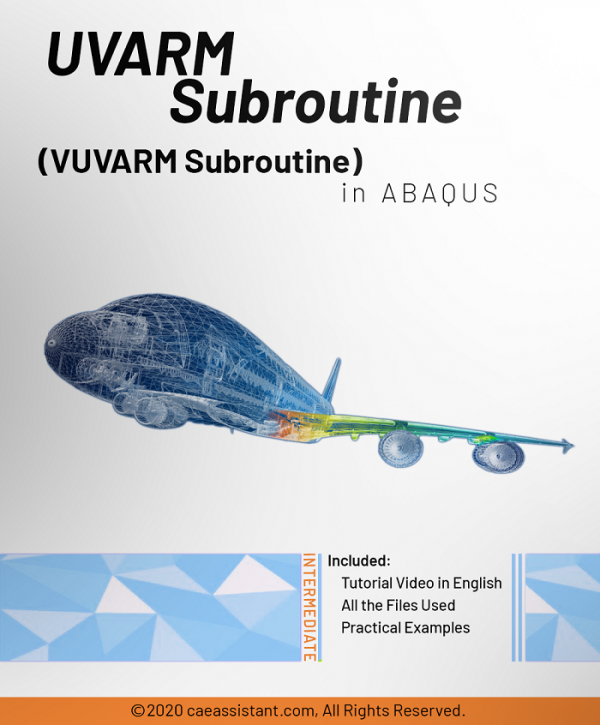
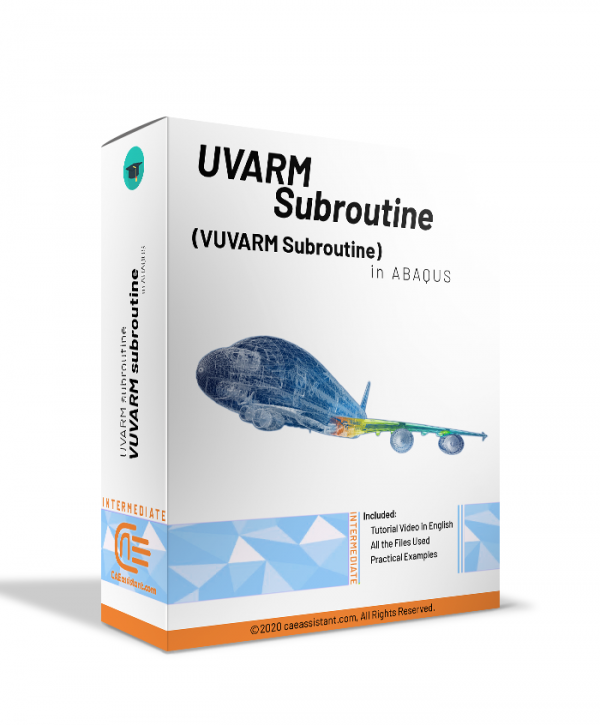
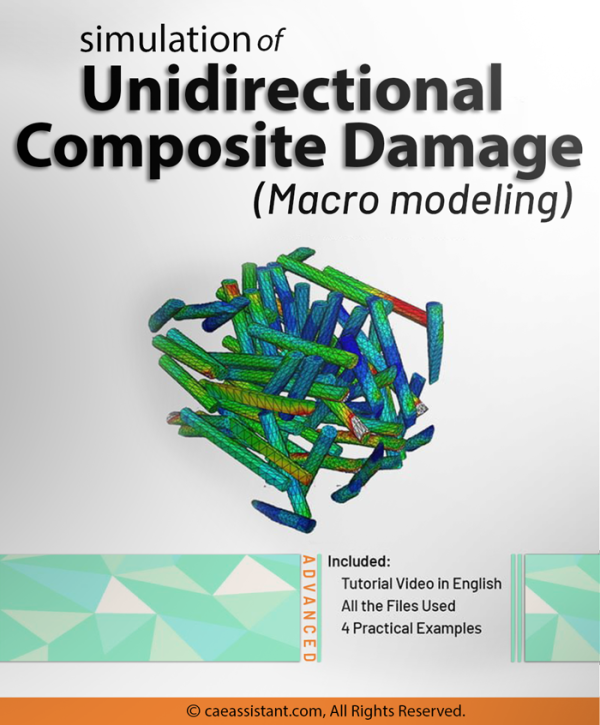
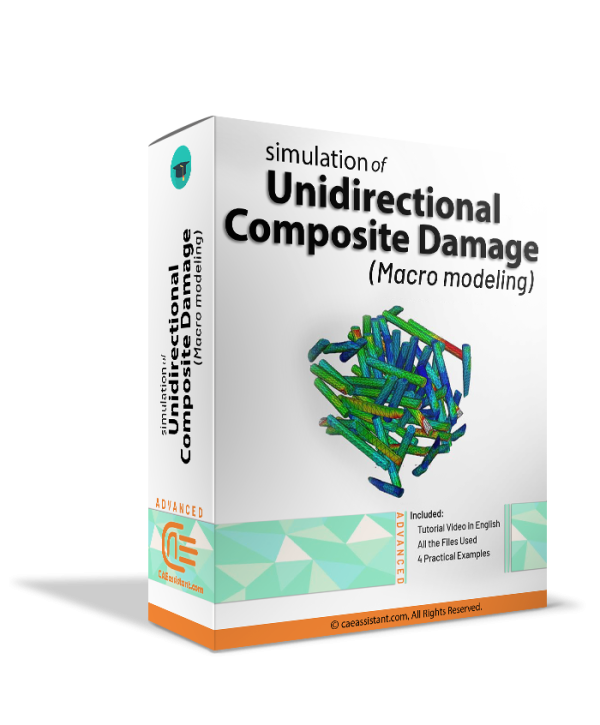
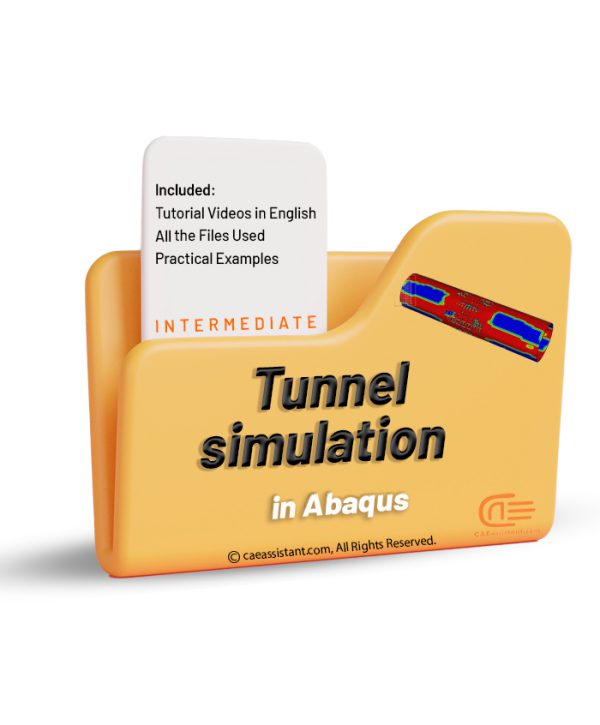
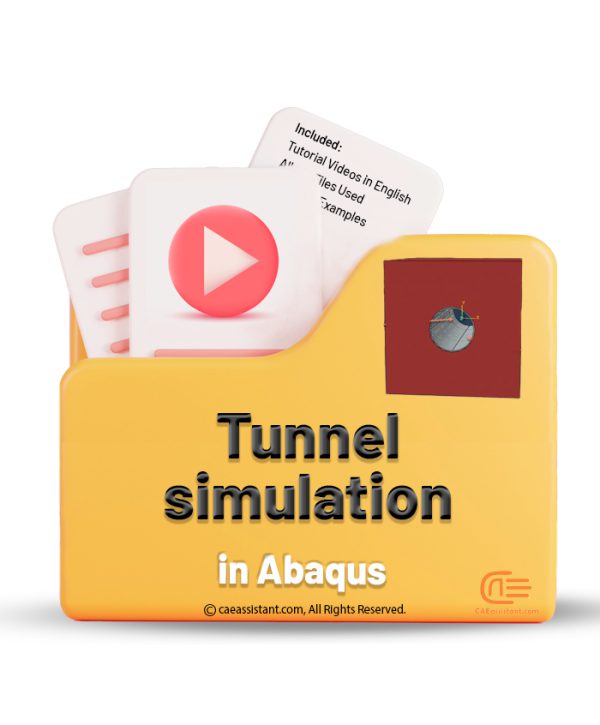
Teun –
This package was very helpful for analyzing reinforced and plain concrete structures. The detailed documentation and practical examples enabled me to complete projects quickly and accurately. The simulation results matched my experimental data.
Sander –
Using this package for simulating reinforced concrete behavior in projects was very beneficial. The instructions and examples were clear, and I was able to use them easily. The simulation results were accurate and trustworthy.
Maarten –
Good. Thank you for this package.
Timo –
This package is an excellent tool for precise analysis of reinforced concrete behavior in structures. The different sections of the package are well-explained, and I was able to perform various simulations with ease. The simulation results were accurate and reliable.
Jasmijn –
I used this package to analyze both reinforced and plain concrete structures, and the results were excellent. The instructions were detailed, and I was able to apply the UMAT code efficiently for nonlinear behavior of concrete.
Anouk –
This package provided me with the precision I needed for modeling reinforced concrete structures. The guidance was detailed and easy to follow, and I could begin my simulations without any hassle. The results were consistent with experimental observations.